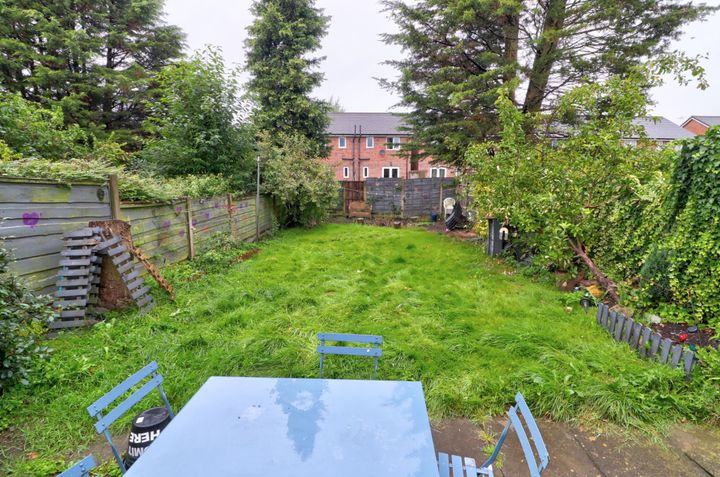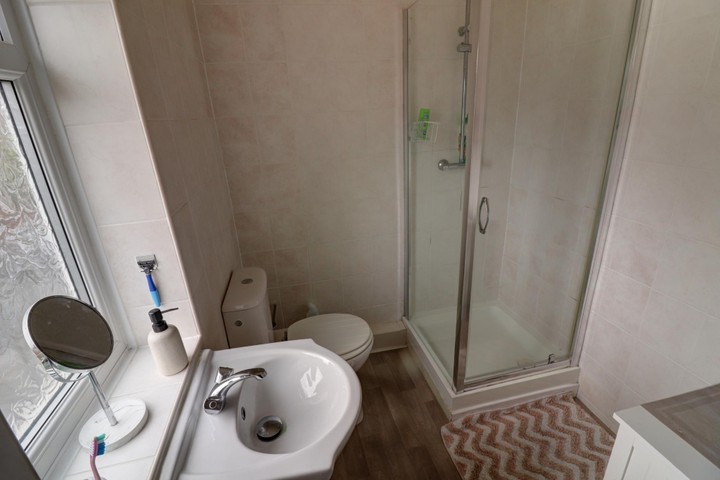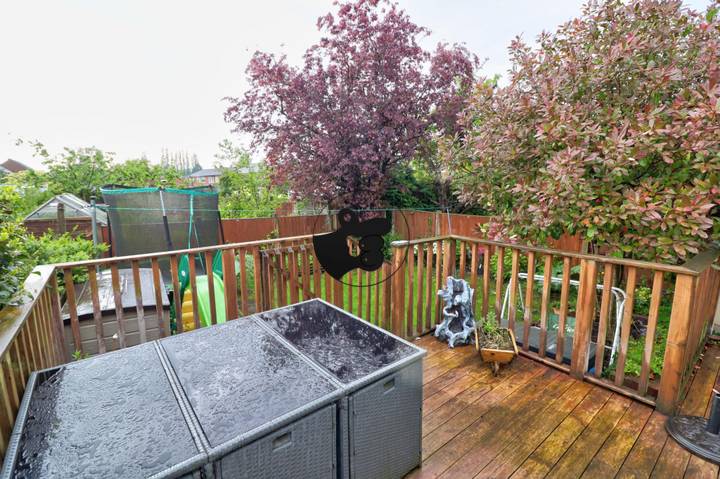As of late 2023, the average property prices in Bury St. Edmunds are approximately £320,000, showing a diverse range depending on the type of property. For example, a two-bedroom terraced house typically commands prices around £250,000, while a three-bedroom semi-detached home often sells for about £350,000 to £400,000. Larger family homes, particularly those with four or more bedrooms, can reach upwards of £500,000, especially in desirable areas near the town center or with good access to schools and amenities. The market has seen steady growth in recent years, largely influenced by its appeal as a historic market town with vibrant community amenities and transport links.
Bury St. Edmunds
Location
Price Range
Any price
Price Range
Minimum
No min
Maximum
No max
Property type
Show all
Property type
Show all
House
Apartment
Building
Other
Bedrooms
Any beds
Bedrooms
Minimum
No min
Maximum
No max
Surface Range
Any surface
Surface Range
Minimum
No min
Maximum
No max
Sale type
For sale
Sale type
Show all
To rent
For sale
Location
Apartments and houses for sale in Bury St. Edmunds
5 results
Recent
Bury St. Edmunds insights
| Aspect | Summary |
|---|---|
| Population | Approx. 42,000 residents. |
| Average Property Price | Around £300,000. |
| Rental Yield | Approximately 4-5%. |
| Average Rent | Around £1,200 per month. |
| Occupancy Rate | Estimated at 95%. |
| Capital Growth Rate | Around 3-4% annually. |
| Property Tax | Standard council tax band varies (£1,000 - £2,500). |
| Transaction Costs | Approximately 2-5% of property price. |
| Expected ROI | Estimated ROI is about 6-8%. |
| Economic Growth Impact | Strong local economy; growth projected due to infrastructure development. |
Bury St. Edmunds FAQ
What are the average property prices in Bury St. Edmunds?
How have real estate prices changed in Bury St. Edmunds over the past year?
Over the past year, real estate prices in Bury St. Edmunds have experienced notable fluctuations, reflecting broader trends in the UK housing market. According to local property listings and market analyses, the average house price in Bury St. Edmunds rose by approximately 8% since early 2022, with a typical semi-detached home now fetching around £330,000 compared to £305,000 a year ago. Specific areas, such as the town’s Moreton Hall estate, have seen even steeper increases, where properties have sold for up to 10% more than their 2022 values. Additionally, new developments on the outskirts of the town, like the Abbey Gardens area, have attracted higher interest from buyers, pushing prices upward. Conversely, some older properties in need of renovation have remained relatively stable, indicating varied demand across different segments of the market.
What factors influence property prices in Bury St. Edmunds?
Several factors influence property prices in Bury St. Edmunds, a market town known for its historical significance and charm. One key factor is location; properties near the town center, with easy access to local amenities like shops, schools, and parks, generally command higher prices. The presence of excellent transport links, such as proximity to the A14 and a railway station providing connections to Cambridge and London, also plays a crucial role in determining property values. Additionally, the overall housing supply and demand dynamics in the area contribute to fluctuations in prices; a limited number of available homes can drive prices up. Historic properties, particularly those with unique architectural features, tend to attract buyers willing to pay a premium. Furthermore, the town's reputation for good schools can lead to higher demand from families, influencing property prices positively. Lastly, economic conditions, including interest rates and local employment opportunities, further impact buyer confidence and, consequently, property prices.
Is Bury St. Edmunds a good area for property investment?
Bury St. Edmunds has gained attention in recent years as a viable area for property investment due to its blend of historic charm and modern amenities. The town boasts a strong rental market, driven partly by its proximity to Cambridge and Ipswich, making it attractive for commuters seeking more affordable housing. The average property prices are notably lower than those in surrounding cities, such as Cambridge, where high demand drives prices upward. Bury St. Edmunds also benefits from a vibrant local economy, featuring a mix of retail, hospitality, and leisure facilities, which enhances its appeal to tenants. Moreover, the presence of quality schools and healthcare facilities adds an additional layer of attractiveness for families. Several new developments are emerging on the outskirts, indicating potential growth in property values. However, the market still faces challenges such as fluctuating interest rates and the overall economic climate, which could impact investment returns in the short to medium term.
What type of properties tend to be the most expensive in Bury St. Edmunds?
In Bury St. Edmunds, properties that tend to be the most expensive are often those located within close proximity to the town center, particularly in sought-after neighborhoods like Abbeygate or Fornham St. Martin. Period properties, especially Georgian and Victorian homes, command high prices due to their architectural charm and historical significance. For instance, well-preserved townhouses with original features such as sash windows and ornate fireplaces can fetch significantly higher valuations. Additionally, larger family homes with modern amenities and spacious gardens, particularly those in desirable school catchment areas, also attract premium prices. Properties on historic streets, such as Angel Hill, are particularly prized, as they not only offer stunning views but also a sense of heritage and character that many buyers seek. Newer developments that feature luxury finishes and eco-friendly designs, like those at the edge of the town, can also top the market in terms of price, appealing to buyers looking for contemporary living in a historic setting.
Are property prices in Bury St. Edmunds higher than in nearby towns?
Property prices in Bury St. Edmunds tend to be higher compared to several nearby towns, driven by its unique blend of historical appeal, amenities, and transport links. For instance, according to recent property market data, the average house price in Bury St. Edmunds hovers around £300,000, while towns like Thetford and Mildenhall report averages closer to £220,000 and £205,000, respectively. The desirability of Bury St. Edmunds is bolstered by its rich heritage, featuring the stunning St. Edmundsbury Cathedral and Abbey Gardens, which attract potential buyers. Additionally, its proximity to larger cities like Cambridge also plays a role in sustaining higher demand, as many commuters prefer living in the town for its more tranquil environment. Meanwhile, towns such as Brandon and Newmarket see more affordable housing options, reflecting different levels of demand and local amenities available to residents.
What are the typical costs associated with buying a property in Bury St. Edmunds?
When buying a property in Bury St. Edmunds, several typical costs come into play beyond the property's purchase price. First, buyers should consider stamp duty, which applies based on the property's value; for example, as of recent thresholds, a £250,000 home would incur a stamp duty of approximately £2,500. Additionally, solicitors' fees usually range from £800 to £1,500, depending on the complexity of the transaction. Surveys and home inspections are also essential; basic homebuyer reports can cost around £300 to £500, while more comprehensive surveys may go up to £1,200. Other expenses include mortgage arrangement fees, which can vary significantly depending on the lender, often falling between £0 and £1,500. Finally, buyers should not overlook the cost of moving, which can range from £300 for local removals to several thousand pounds for long-distance moves, plus any potential redecorating or renovation costs after the sale.






